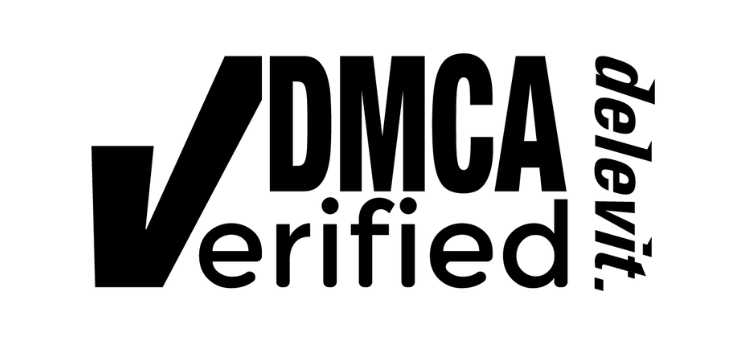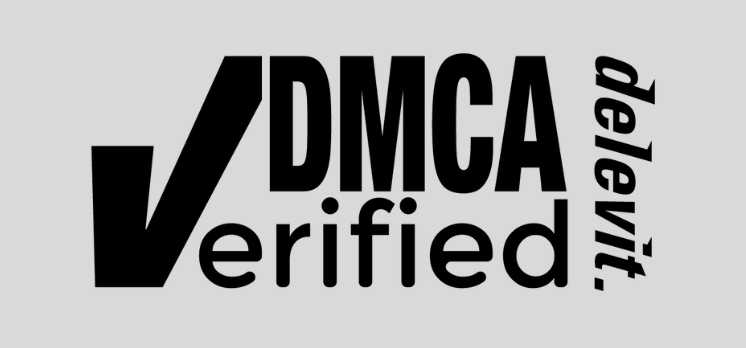Protecting Your Content Without Touching the Source
In the digital age, search engines serve as the primary tool for people to find information online. While this has numerous benefits, it can be a double-edged sword when it comes to unauthorized distribution of content. One way to mitigate this issue is through search engine removals. Here we delve into how it works, its benefits, and why sometimes the content remains on the original site.
How It Works
Search engines operate by indexing web pages across the internet, which then appear in search results. If your content has been leaked and you want it removed from a search engine’s results, you will typically need to file a request with that search engine. Here's how the process often works:
- Identification: Locate the URLs that host the unauthorized content.
- Submission: Submit a removal request to the search engine. Most major search engines have tools or forms available for this. For example, Google has a 'Remove outdated content' tool.
- Review: The search engine reviews your request. This can sometimes involve verifying that you are the rightful owner of the content.
- Action: If the search engine approves your request, the specified URL will be delisted from their search results.
Benefits of Search Engine Removals
- Reduced Visibility: Although the content remains on the original site, it becomes much harder for people to find, as they won’t come across it in search engine results.
- Protection of Reputation: By removing content from search results, you can help protect your personal or brand reputation from being associated with unauthorized or harmful content.
- Preventing Spread: Search engine removals can help to curb the dissemination of the leaked content, stopping it from going viral and reaching a larger audience.
- Psychological Relief: Knowing that the content is less accessible can offer a sense of relief and control over a distressing situation.
Why the Content Stays on the Source
Despite the removal from search engine results, the content still exists on the original website for several reasons:
- Jurisdiction: Search engines don’t have jurisdiction over individual websites and cannot force them to remove content.
- Separate Processes: Removal from a search engine and removal from a website are two separate processes. The website hosting the content has its own policies and procedures for content removal.
- Direct Access: Even though the content won't appear in search results, people can still access it through the direct URL or through links shared on other platforms.
- Comprehensive Approach: To fully protect your content, you will need to undertake a more comprehensive approach that includes reaching out to the hosting websites to request removal, possibly coupled with legal actions if necessary.
In conclusion, search engine removals can be a potent tool in your arsenal for defending your digital assets. However, it is a partial solution, and pursuing removal at the source will provide the most comprehensive protection.








